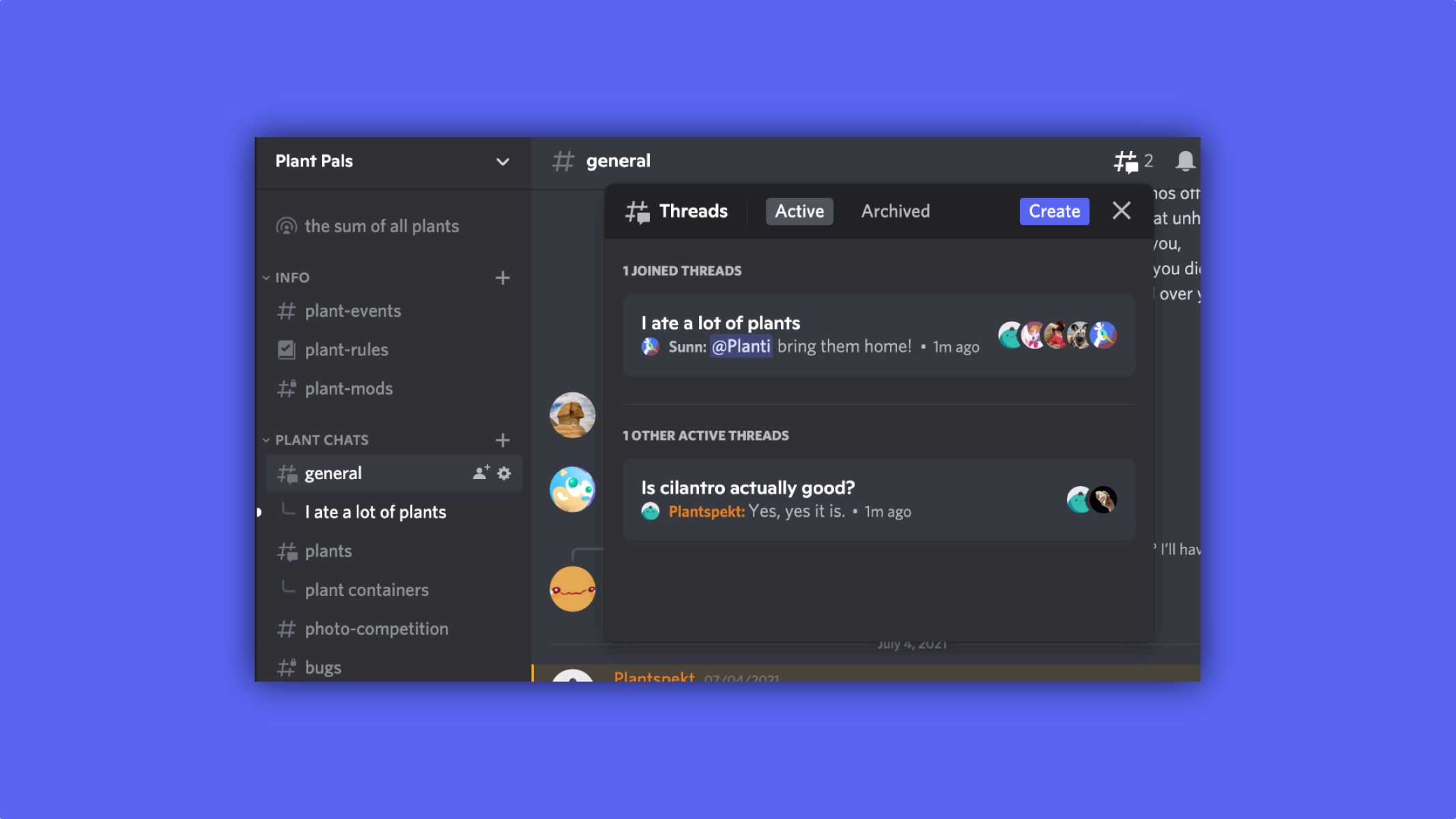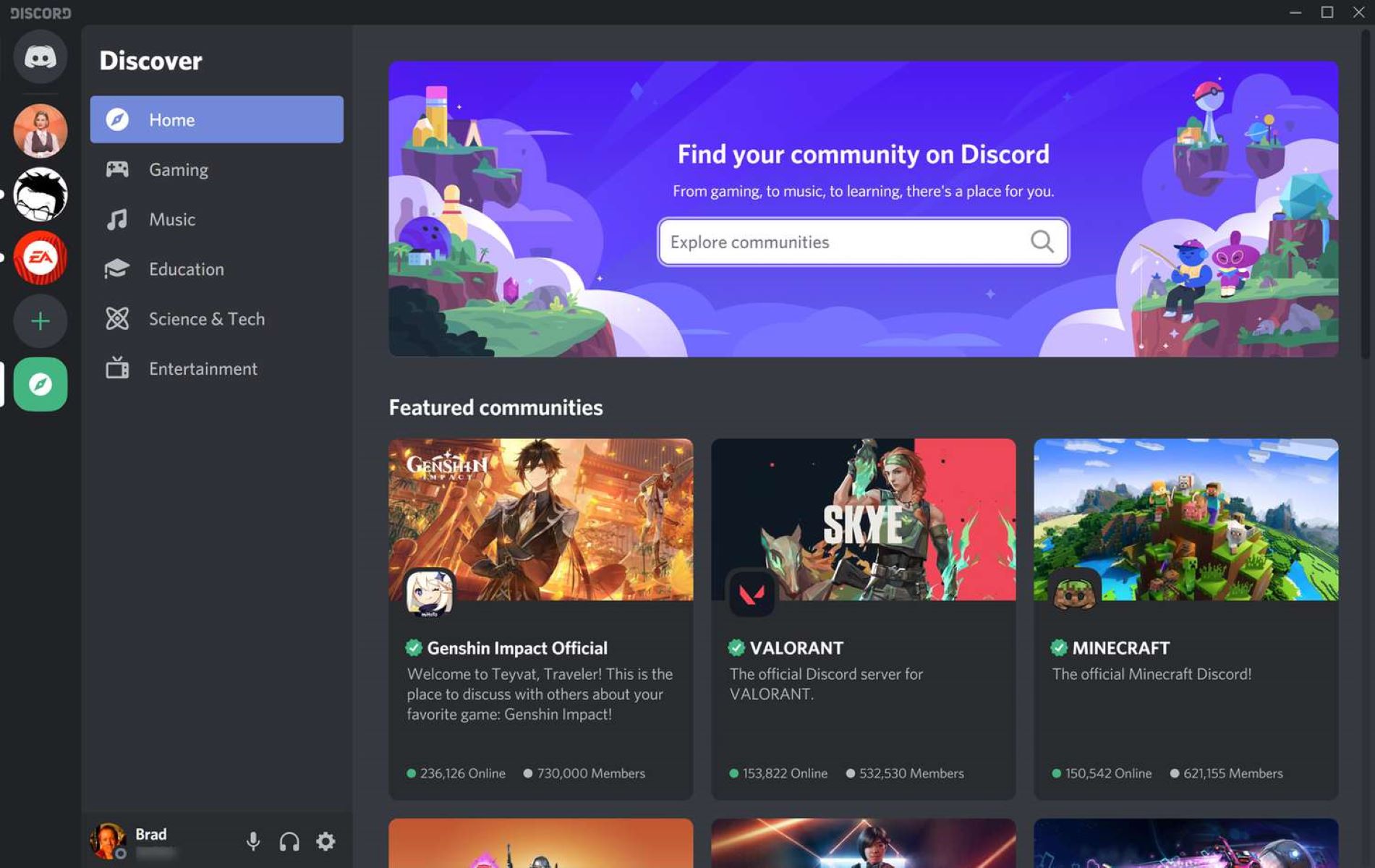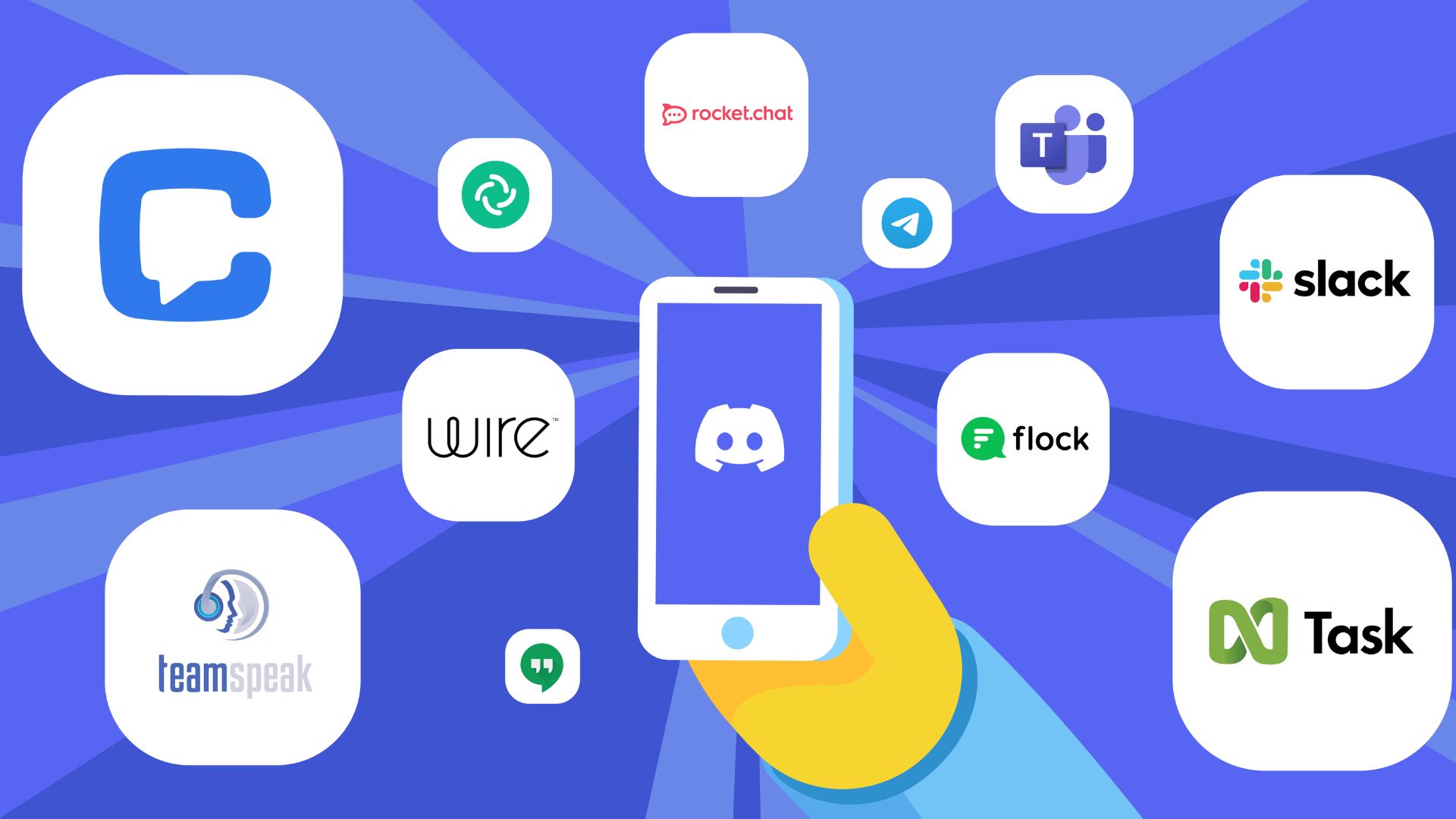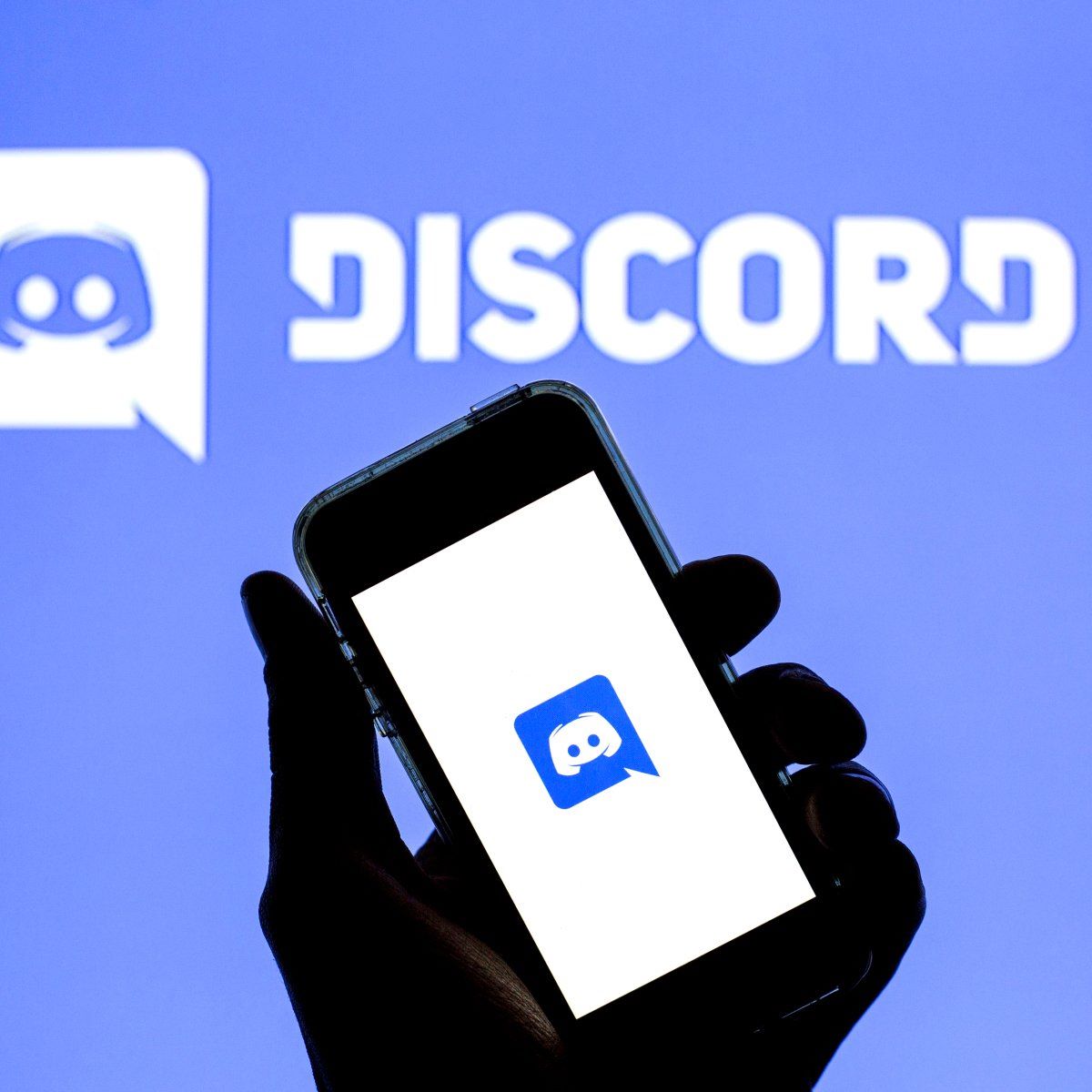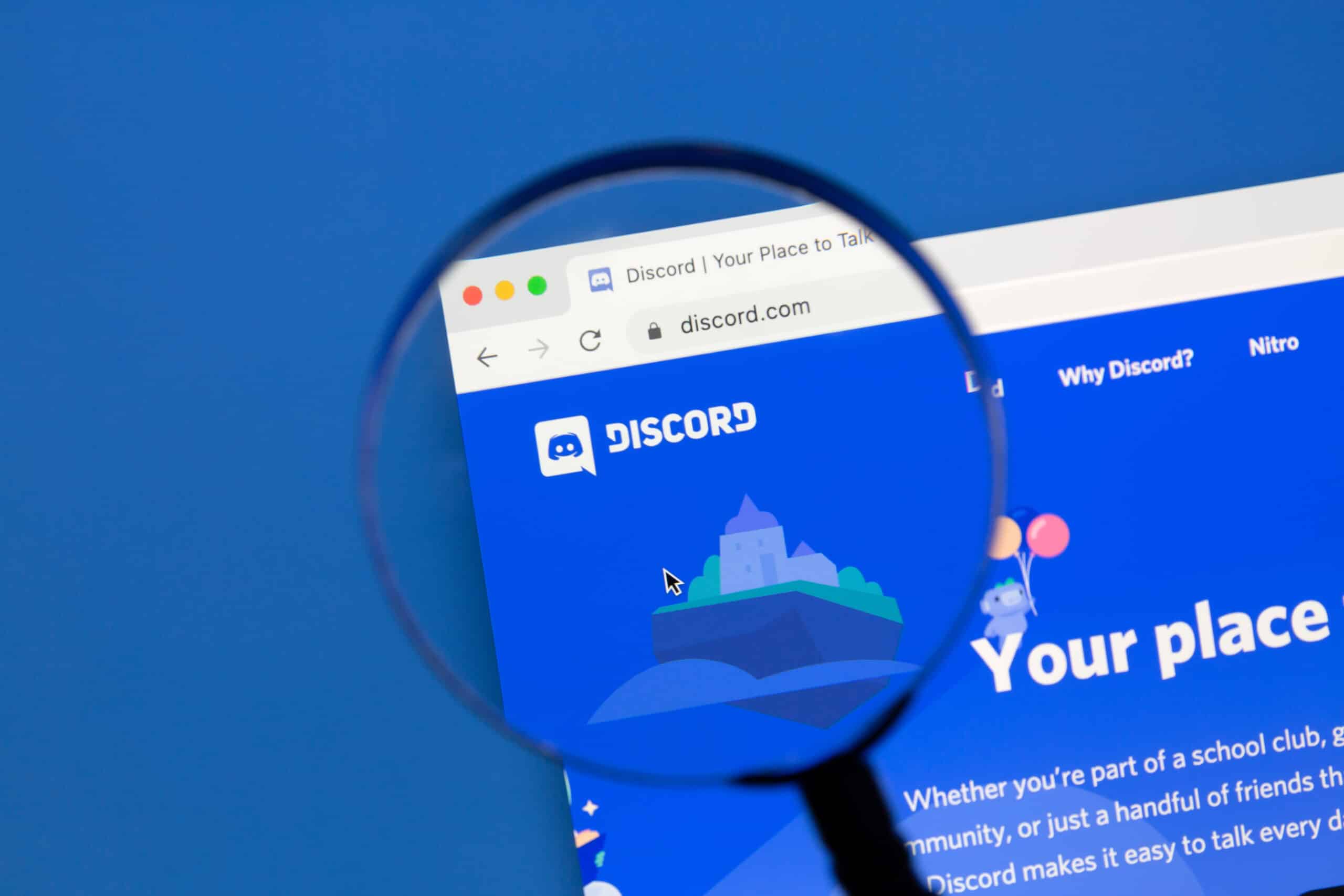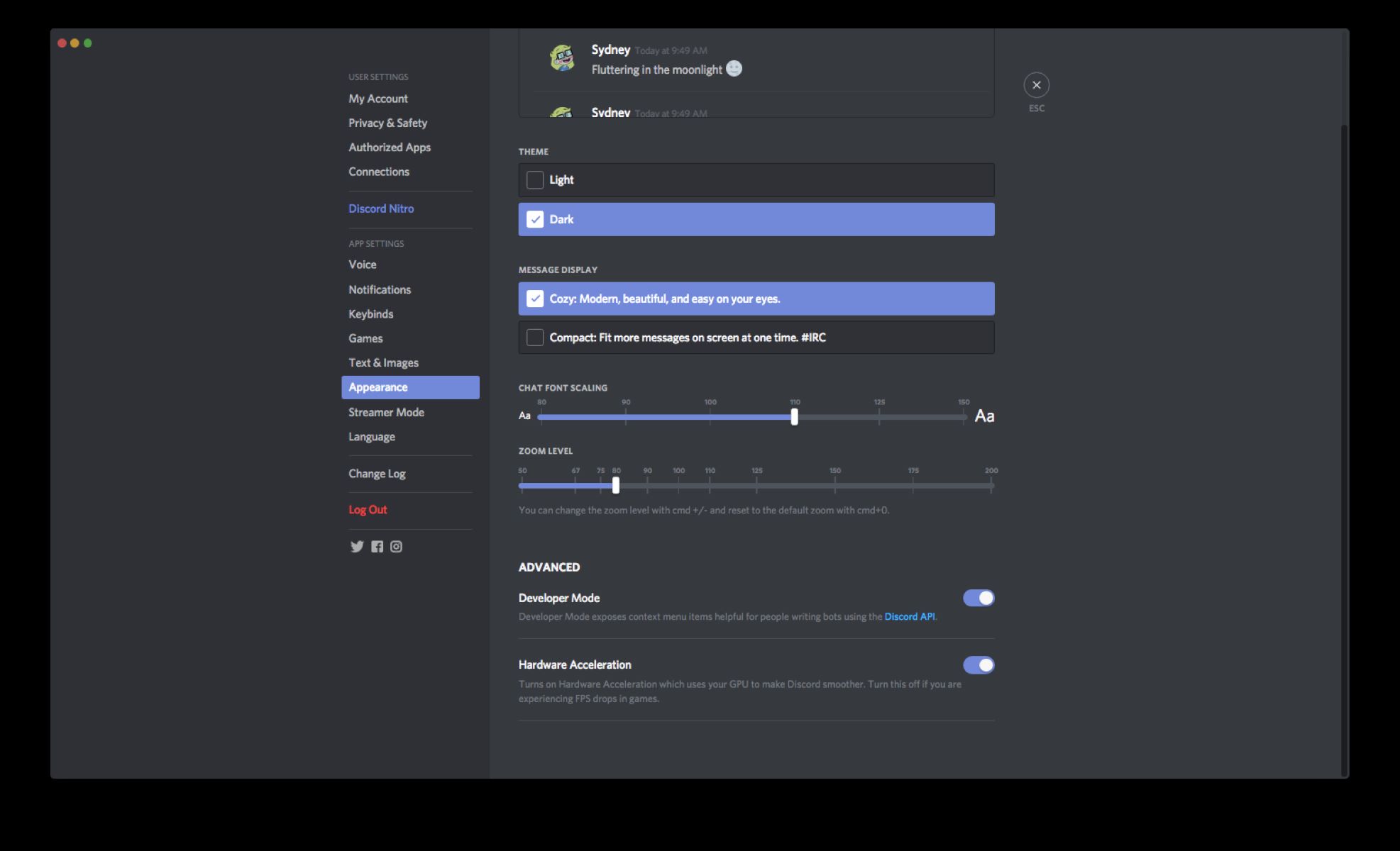Introduction
Welcome to the world of Discord, a popular communication platform that brings people together through text messages, voice chats, and video calls. Discord is widely used by various communities, including gamers, professionals, and hobbyists, to connect and collaborate. One of the key features that sets Discord apart is its ability to organize conversations into threads.
Threads in Discord provide a structured way to keep conversations organized and easily accessible. They allow users to focus on specific topics or discussions within a server, making it easier to navigate large communities and preventing important messages from getting lost in the chat.
In this article, we will delve into the concept of threads in Discord, exploring how to create, manage, and participate in them. We will also discuss the benefits of using threads and the various features that make them an invaluable tool for communication and collaboration.
Whether you’re a seasoned Discord user or new to the platform, understanding threads will enhance your Discord experience and help you effectively engage with your community. So, let’s dive in and explore the world of threads in Discord!
What is a thread?
In Discord, a thread is a way to organize conversations within a server. It allows users to create focused discussions around specific topics or messages, separating them from the main chat area. Threads provide a streamlined and structured approach to communication by keeping related messages together and enabling users to easily follow and participate in specific conversations.
When a thread is created, it appears as a separate entity within the server, with its own name, members, and messages. Unlike the main chat area, threads can be collapsed and expanded, allowing users to control their visibility and reduce clutter. This makes it easier to find and engage in conversations related to specific topics, without distracting from the broader discussions happening in the server.
Threads also offer the ability to give specific permissions to members. This means you can choose who can access and contribute to a thread, providing a more controlled and private environment for certain discussions.
Within a thread, messages are displayed chronologically, just like in the main chat area. Users can reply to messages, making it easy to follow the flow of conversation and engage with others. Additionally, threads support markdown formatting, allowing users to add emphasis, headers, and lists to their messages.
It’s important to note that threads can be created in channels that have the “Threads” feature enabled. However, not all channels support threads, so it’s best to check the channel settings before trying to create one.
Now that we have an understanding of what threads in Discord are, let’s explore how to create a thread and get started with this powerful communication tool.
How to create a thread
Creating a thread in Discord is a simple process that allows you to start a focused discussion within a server. Here’s a step-by-step guide on how to create a thread:
- Open the Discord application or website and navigate to the server where you want to create a thread.
- Select the channel where you want to create the thread. Remember, not all channels support threads, so make sure you choose a channel that has the “Threads” feature enabled.
- Locate the message you would like to start a thread about. It can be your own message or someone else’s message.
- Hover over the message and click on the “Reply” button on the right-hand side of the message.
- In the reply box that appears, you will see an option to create a thread. Click on the “Start a thread” button.
- A new window will open where you can customize the details of the thread. Enter a relevant and descriptive title for the thread to give users an idea of the topic being discussed.
- Choose the appropriate permissions for the thread. You can set it to be “Public” where anyone can join and participate, or “Private” where you can select specific members to invite.
- If desired, you can add an optional message explaining the purpose or guidelines of the thread.
- Click on the “Create Thread” button to finalize the creation of the thread.
Once the thread is created, it will be displayed as a separate entity within the channel. Users can join and participate in the thread by replying to messages or adding new ones. The thread will have its own dedicated area where the conversation can be focused and easily followed.
Now that you know how to create a thread, let’s explore how to effectively manage and participate in threads in Discord.
Managing threads
Once you’ve created a thread in Discord, it’s important to know how to effectively manage it to ensure smooth and organized conversations. Here are some essential tips for managing threads:
- Pin or unpin threads: Pinned threads are highlighted and stay at the top of the channel for easy access. To pin a thread, right-click on the thread and select “Pin Thread.” Conversely, to unpin a thread, right-click on the pinned thread and choose “Unpin Thread.”
- Lock or unlock threads: Locking a thread prevents further messages from being added, making it read-only. Right-click on the thread and select “Lock Thread” to lock it. To unlock a thread, right-click on the locked thread and choose “Unlock Thread.”
- Edit thread details: To change the title, permissions, or optional message of a thread, right-click on the thread and select “Edit Thread.” Make the necessary changes and click on the “Save Changes” button.
- Delete threads: If a thread is no longer needed, right-click on the thread and choose “Delete Thread.” Confirm the deletion to remove the thread and its entire conversation.
- Move threads: If you want to move a thread to a different channel, right-click on the thread, select “Move Thread,” and choose the desired channel from the list.
- Search for threads: Discord provides a search bar at the top of each channel where you can enter keywords to search for specific threads. This is helpful when you need to find a particular conversation in a server with many active threads.
By effectively managing threads, you can keep your server organized and ensure that discussions remain focused and accessible. Additionally, thread management helps in maintaining an efficient and streamlined communication flow among the members of your community.
Next, let’s explore how you can actively participate in threads and engage with others in Discord.
Participating in a thread
Participating in a thread in Discord allows you to join and contribute to specific conversations within a server. Here are some tips on how to actively engage in threads:
- Reply to messages: Read through the messages in the thread and reply to specific messages to add your thoughts or continue the conversation. Simply click on the reply button next to the message you want to respond to and type your reply in the text box that appears.
- Use markdown formatting: Discord supports markdown formatting in threads, allowing you to add emphasis, headers, lists, and more to your messages. Utilize this feature to enhance the clarity and readability of your contributions.
- Tag members: If you want to draw the attention of specific members to a thread, you can tag them by typing @username in your message. This will notify them and increase the chances of receiving a prompt response.
- React to messages: Show your agreement, approval, or appreciation for a message in a thread by using Discord’s reaction feature. Hover over the message and click on the smiley face icon to choose a reaction from the available options.
- Stay on-topic: Keep the conversation within the thread focused on the designated topic. This helps maintain clarity and organization, ensuring that members can easily navigate and contribute to the discussion.
- Respect thread guidelines: If the thread creator has provided specific guidelines or rules, make sure to follow them. This helps foster a positive and productive environment for all participants.
- Monitor thread activity: Regularly check the thread for new messages and updates. If you have subscribed to thread notifications, you will receive alerts whenever there is new activity in the thread.
Participating actively in threads allows you to share your ideas, collaborate with others, and contribute to the overall community engagement. By following these tips, you can make your contributions impactful and keep the conversation flowing smoothly.
Now, let’s move on to the next section where we will explore how to close and archive threads in Discord.
Closing a thread
At times, it may be necessary to close a thread in Discord to signify the end of a discussion or to prevent any further messages from being added. Here’s how you can close a thread:
- Locate the thread that you want to close within the Discord server.
- Right-click on the thread to access the options menu.
- Select the “Close Thread” option from the menu.
- A confirmation prompt will appear to ensure you want to close the thread. Choose “Close” to proceed.
Once closed, the thread becomes read-only, meaning that no one can add new messages or replies. However, all the existing messages and replies can still be viewed by members who have access to the thread.
Closing a thread is useful in various situations. It can indicate the resolution of a discussion or a decision being made. Furthermore, it can prevent any potential confusion or clutter that may arise from additional messages being added after the main purpose of the thread has been fulfilled.
In case you need to reopen a closed thread, you can follow the same steps mentioned above and select the “Reopen Thread” option. This will allow participants to continue the conversation.
Now that you know how to close and reopen a thread, we will explore how to archive and unarchive threads in the next section.
Archiving and Unarchiving Threads
In Discord, archiving and unarchiving threads is a useful feature that allows you to manage the visibility and organization of conversations within a server. Let’s explore how to archive and unarchive threads:
Archiving a Thread:
- Select the thread you want to archive within the Discord server.
- Right-click on the thread to access the options menu.
- Choose the “Archive Thread” option from the menu.
When a thread is archived, it is moved from the active threads list to the “Archived” section, which can typically be found at the bottom of the channel or in a separate “Archive” category. Archiving a thread helps reduce clutter in the active threads list and allows you to focus on current and ongoing discussions.
Unarchiving a Thread:
- To unarchive a thread, navigate to the “Archived” section or the designated “Archive” category where the thread is located.
- Right-click on the archived thread to access the options menu.
- Select the “Unarchive Thread” option to make the thread visible in the active threads list again.
Unarchiving a thread restores it to the active threads list, making it easily accessible and allowing for further participation and engagement.
By archiving threads that have concluded or are no longer actively discussed, you can maintain a clean and organized environment within your Discord server. This helps users focus on current and relevant conversations without being overwhelmed by a long list of threads.
Now that we’ve covered archiving and unarchiving threads, let’s move on to the next section where we will explore notifications and thread activity in Discord.
Notifications and Thread Activity
Notifications play a crucial role in keeping users informed about new messages and activities within threads in Discord. They ensure that you stay updated and engaged in ongoing discussions. Here’s a closer look at how notifications and thread activity work:
Subscribing to Thread Notifications:
When you create or participate in a thread, you have the option to subscribe to notifications for that specific thread. By subscribing, you will receive alerts whenever there is new activity, such as replies or reactions, in the thread. Subscribing ensures that you don’t miss out on important updates or new contributions.
Viewing Thread Activity:
Discord provides an interface to view thread activity, allowing you to quickly catch up on any new messages or changes within a thread. The activity feed typically displays recent replies, mentions, and reactions. You can access the thread activity by clicking on the thread in the channel or through the thread list.
Marking Threads as Read:
When you have viewed all the new messages and caught up with the activity in a thread, Discord automatically marks that thread as read. This helps you keep track of your unread threads and ensures that you don’t miss any crucial updates.
Turning Off Thread Notifications:
If you find that you’re receiving too many notifications for threads and wish to reduce the number of alerts, you have the option to turn off thread notifications. You can do this by right-clicking on the thread, accessing the options menu, and selecting “Mute Thread.” By muting a thread, you will no longer receive notifications for new activity in that particular thread.
By managing your thread notifications and keeping an eye on thread activity, you can stay engaged in the conversations that matter most to you without feeling overwhelmed by an influx of notifications. Discord’s notification system ensures that you’re always in the loop and can actively participate in discussions.
Now that we’ve covered notifications and thread activity, let’s move on to exploring the benefits of using threads in Discord.
Benefits of Using Threads
Using threads in Discord brings numerous benefits that enhance communication and collaboration within servers. Let’s explore some of the key advantages of utilizing threads:
Organization and Structure:
Threads provide a structured and organized approach to conversations by keeping related messages together. This prevents important discussions from getting lost in the main chat area and allows users to easily navigate and participate in specific topics or discussions.
Focused and Streamlined Discussions:
Threads allow users to create focused discussions around specific topics or messages. This helps maintain clarity and reduces distractions within the main chat area. It enables participants to stay on-topic and engage in more meaningful conversations.
Reduced Clutter:
By moving discussions to threads, the main chat area is kept clean and clutter-free. This improves readability and ensures that ongoing conversations remain prominent. It also makes it easier for members to find and engage in active threads without getting overwhelmed by the volume of messages.
Increased Control and Privacy:
Threads offer the ability to give specific permissions to members. This allows for more control over who can access and contribute to a conversation. The ability to create private threads ensures that sensitive or confidential discussions can be conducted securely within a select group of individuals.
Enhanced Collaboration:
Threads make collaboration more efficient, as they provide a designated space for discussions related to specific projects, tasks, or interests. Users can easily contribute their thoughts, ideas, and feedback, fostering a robust collaborative environment within a server.
Improved Accessibility:
With the ability to pin threads and collapse or expand them, users have greater control over the visibility of conversations. This ensures important threads remain easily accessible to participants, while also reducing visual clutter for users who are not actively engaged in a specific thread.
Thread History and Referencing:
Discord retains complete thread history, allowing users to refer back to previous discussions, references, or decisions. This is particularly valuable for ongoing projects or discussions that require participants to review past conversations and maintain continuity.
By leveraging the benefits provided by threads in Discord, users can streamline their conversations, improve organization, and foster collaboration within their servers. These features enhance the overall user experience and facilitate effective communication across various communities.
Now that we’ve explored the benefits of using threads, let’s conclude our discussion on this powerful communication tool in Discord.
Conclusion
Threads in Discord offer a valuable solution for organizing and managing conversations within servers. With their ability to create focused discussions, reduce clutter in the main chat area, and provide a structured platform for collaboration, threads enhance the communication experience on Discord.
In this article, we explored what threads are in Discord and how to create, manage, and participate in them. We learned about the benefits of using threads, such as improved organization, streamlined discussions, reduced clutter, increased control, enhanced collaboration, and improved accessibility.
Threads empower users to keep conversations on specific topics, ensuring that important messages don’t get lost in the noise of the main chat. They also offer the flexibility to customize permissions and privacy settings, allowing for more controlled and secure discussions. With the ability to pin, archive, and search for threads, users have greater control over the visibility and accessibility of different conversations.
Whether you’re a member of a gaming community, a professional team, or a hobbyist group, understanding how to effectively use threads in Discord can greatly enhance your communication and collaboration experience. By staying engaged in focused discussions, contributing to conversations, and effectively managing threads, you can optimize your interactions within the server.
So, don’t hesitate to dive into the world of threads in Discord and make the most of this powerful communication tool. Get started by creating your first thread in a server and experience the benefits it brings to your conversations and collaborations.
Happy threading!







